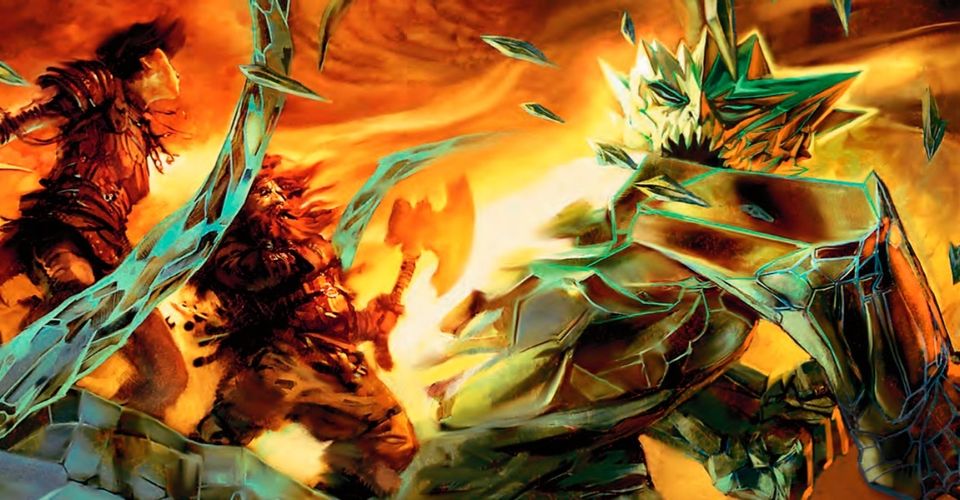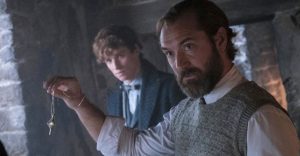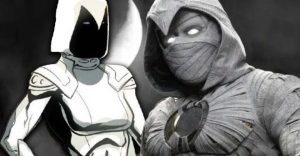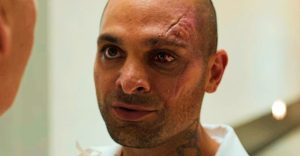D&D Lore: The Weave Of Magic Explained

The people who have played games in the Forgotten Realms campaign setting for Dungeons & Dragons may have heard of something called the Weave. This is the term given to the source of all magic itself in the world, which can be manipulated by spellcasters. Here’s everything to know about the Weave in D&D lore.
Magic appears in most of the D&D campaign settings. The exact source of magic differs from world to world. In the world of Krynn from Dragonlance, spellcasters must draw power from the three moons that circle the planet. In the world of Athas from Dark Sun, there is no source of magic, so spellcasters need to drain the life force from living beings to use spells. This means that Athas has two different types of spellcasters: Defiles and Preservers. The Defilers are spellcasters who have no problem killing animals and plants in order to fuel their spells, while Preservers try as hard as possible to only use enough energy to spare the life of whatever they were draining.
In the Forgotten Realms, the source of magic is called the Weave, which surrounds everything in the world. Any time a spellcaster uses magic, they are connecting to the Weave itself. Having such an abundant and present source of magic comes with its own set of problems, as issues with the Weave can cause arcane energy to vanish altogether. There are areas of the Weave that have been damaged, which causes all magic in the area to become unpredictable (like the Wild Magic Surge drawback of certain Sorcerers, only applying to everyone), and there are some areas where magic refuses to work. It’s possible for powerful clerics of Mystra in D&D to temporarily gain control over the Weave itself, making them immune to its more damaging effects.
The Weave In D&D: The Force That Binds Magic Together

The Weave is maintained by the god of magic, which has been Mystra for most of the history of the setting. Shar, the goddess of darkness, managed to create her own version of the Weave, called the Shadow Weave. One cannot exist without the other, however, and the destruction of the Weave would also bring down the Shadow Weave. There have been times when the Weave has been damaged and destroyed. One of the most famous examples of a spellcaster breaking the 10th level rule involved a mage called Karsus, who created a 12th level spell. The spell was called Karsus’ avatar and it allowed him to become a god. He decided to become the new god of magic, which caused such a disruption in the Weave that the goddess of magic had to sacrifice herself to stop Karsus. The Weave was temporarily shut down, causing the empire of Netheril to collapse into dust, as its floating cities all fell from the sky.
The fourth edition of D&D had a number of shake-ups in terms of its rules and its lore. The Forgotten Realms campaign setting had several of these, some of which involved bringing back dead gods (like Bhaal from the Baldur’s Gate series) while killing others. Mystra was killed in the 4e era, leading to the destruction of the Weave and the arrival of the Spellplague, which caused magic to become unpredictable. The Spellplague caused magic items to cease functioning, while storms made from blue fire hit the Forgotten Realms.
The jump to the fifth edition of D&D has led to most of the unpopular changes from fourth edition being removed or retconned. One of the biggest of these is bringing back Mystra and the Weave, with the effects of the Spellplague fading away over time. As such, the Weave and its place in the Forgotten Realms are similar to how it worked in the old days of Dungeons & Dragons.
About The Author


















